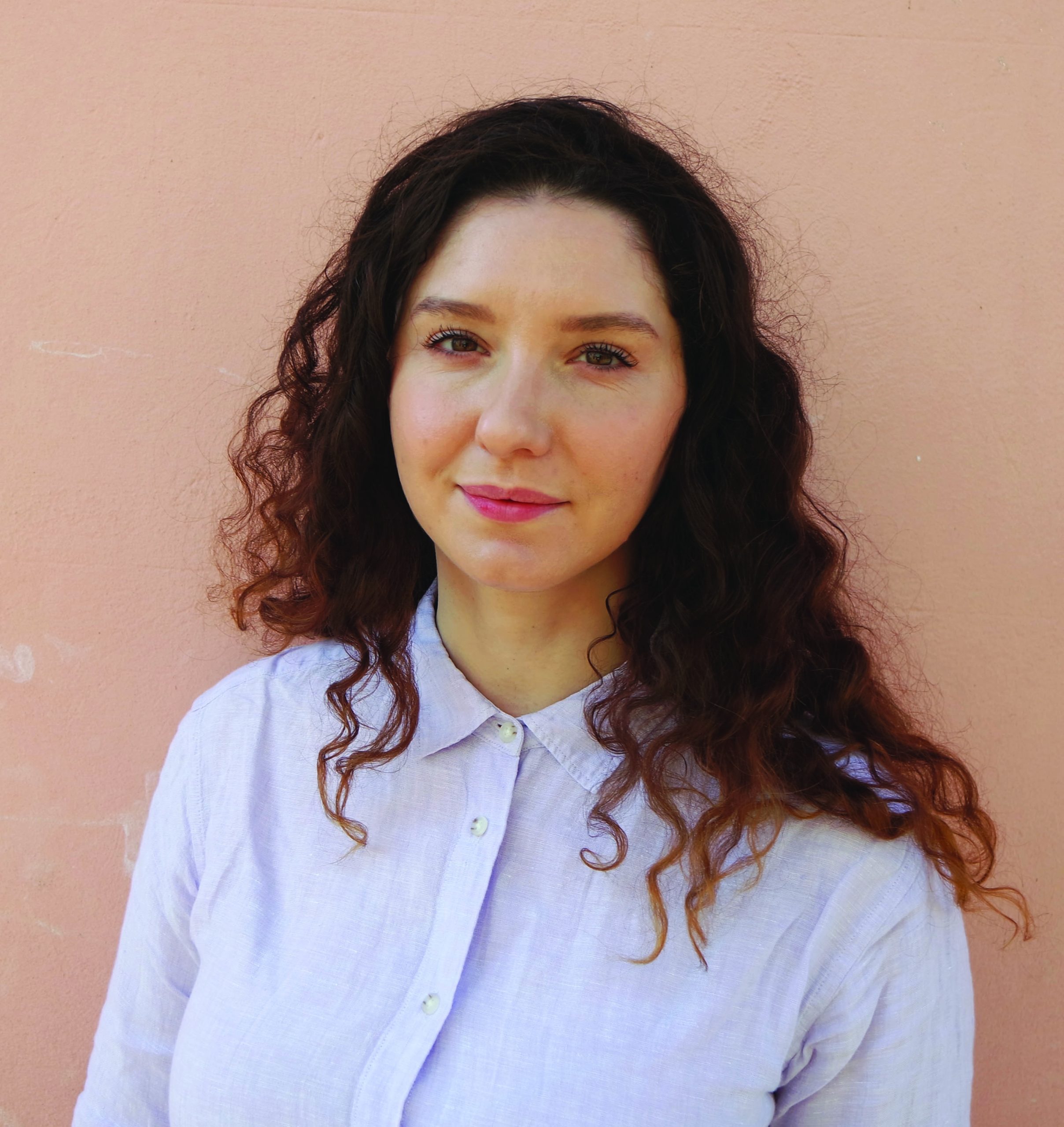On Saturday, November 14, 2009, I attended “MODA, La Envidia Xtravaganza Ball.” The ball was a drag competition hosted by Hector Xtravaganza at the Fillmore at Irving Plaza, which was attended by Michael Kors, fashion designer and judge of the reality television program Project Runway.
Drag balls, a kind of street-gang warfare for drag queens in which they compete with attitude, pomp and truck-loads of glitter, have been going on for decades. Their subjects and history have been well-documented in film (Paris is Burning, an acclaimed documentary by Jennie Livingston), video (“Vogue,” by Madonna, which features Hector Xtravaganza, Grand Father of the House of Xtravaganza), and literature, Michael Cunningham’s essay for Open City #6, “The Slap of Love,” which details the origins of the House of Xtravaganza and its members, Madonna is one. Writer Steve Lewis of Black Book magazine was a judge at the event and has posted some great pictures. Here is a subjective account of my night:
Howard shot his wrists out. “I do that so you can see my cufflinks,” Howard said. He put held out his hands. His silver cufflinks shined. “It’s called shooting your cufflinks. Patricia Fields is at the airport.” Patricia Fields was one of the judges.
“They’re going to fly up in the air and slam against each other. These drag balls have changed.” The competition was supposed to start at eight o’clock. “This is the first the ball the House of Xtravaganza has had in eight years.”
“They don’t just vogue?” I said.
“They used to not be able to touch each other,” said Howard. “It’s a culture. This is their whole lives.”
“See right there,” said Howard. The DJ slid backward and spun.
“Fierce turns.” said Astrid, put her hand out and snapped. “Unh.” She sounded like Zsa Zsa Gabor.
 I had on three colored paper bracelets. One was for the VIP balcony section, which was cold and empty.
I had on three colored paper bracelets. One was for the VIP balcony section, which was cold and empty.
“That’s Hector Xtravaganza,” Howard said pointing down to a man in red glitter pants. He’s the grandfather of the House.
“He was in the Madonna video,” said Astrid. She showed me on her iPhone.
“Madonna is in the House of Xtravaganza,” said Howard. “I wouldn’t be surprised if she showed up.” Howard walked away.
“Madonna’s not showing up,” said Astrid.
The lower halves of female mannequins covered in red glitter were stuck to the balcony. Across from us, one man stood in front of a glittery mannequin. “Business on top, party on the bottom,” said Paz. She and Carlo had just arrived from Ibiza.
Howard came back at ten o’clock. “It’s mayhem back there. It’s like a hundred drag queens. 400 pounds of glitter. It’s going to start now. Howard walked away.
A man with a large lightbulb over his head walked in at eleven o’clock. The runway was still covered in bubblewrap.
“You’ve got a little glitter on your face,” said Astrid and plucked at Howards face. Howard had returned. Marisol is coming.
Peacock feathers stood up from the head of a woman who walked up to the balcony. “Marisol,” said Carlo. He kissed her. She was with a blond-haired man in a silk tie and tailcoat. They had their picture taken. Walking behind them was a young blond man with square glasses in a dark suit. The three of them walked back downstairs and watched from the wings.
Michael Kors walked in at midnight with a friend. He was in a neat black suit with a black shirt. He sat on the main floor at one of the large round tables in front of the runway. At another round table was a woman in a silver lamé dress sitting on the table on top of the candy tray. She kicked up her legs and looked into the camera. She bent her knees and swayed them from left to right pushing the candy off the tray. A gray fuzzy thing was put around her neck. She threw it over her shoulder. “Is that a woman or a man?” said Astrid.
“A woman,” I said.
“A man,” said Paz. “They’re getting good.”
Picking glitter off his camera, the cameraman turned to the stage where a drag queen in a gold billowing cape came out from behind the curtain. She flapped her cape and tripped when someone stepped on it. She had pearls over her face. It was one o’clock.
She was also from the House of Xtravaganza. She and Hector Xtravaganza began to announce all the members of the House. “Louie-Xtrava…Paul-Vaganza…” Two men walked out. One was covered in a rubberized mesh Spider-Man suit. He crouched down and twisted his body. The other man walked like he was a model on a runway. When he got to the end, he stopped and flashbulbs went off for seven seconds. He turned and walked back.
 Hector Xtravaganza walked down the stage and stretched his arms out. He twisted them behind his head and stretched them out again. People in the crowd screamed.
Hector Xtravaganza walked down the stage and stretched his arms out. He twisted them behind his head and stretched them out again. People in the crowd screamed.
“Is that voguing?” I said.
At two o’clock, the curtain opened. The stage looked like it was made of ice. The judges took their seat.
For “Butch and his Femme,” the first category, men walked out with “real” girls one by one.
“Are those real girls?” I said.
“Yes,” said Paz.
“No,” said Astrid.
The girls were young and petite. They didn’t vogue. They just walked up to the judges and the judges held up red paddles announcing their vote. The winning couple walked down the runway.
Some people looked angry on one side of the stage. Something light was thrown across the stage. Hector Xtravaganza came out and said “Michale Kors is in the house. Let’s put our best foot forward.” He put his foot out in front of him. Michael Kors stood up, nodded his head and smiled.
___
Here is an excerpt of Michael Cunningham’s “ The Slap of Love” featured in Open City #6:
“The House of Xtravaganza, like the House of Corey and the other houses, consists of a mother and a father and a big raucous band of “children”: drag queens, butch queens (gay men who dress like men), transsexuals, a few real girls and one or two straight guys. The smattering of girls and straight guys notwithstanding, the houses are, essentially, cabals of young gay black and Hispanic men obsessed with being fashionable and fabulous.
The houses started in the late sixties. They grew out of the underground drag balls that had been going on in and around New York City since the thirties. Those balls were merely drag fashion shows staged by white men two or three times a year in gay bars, with prizes given for the most outrageous costumes. Black queens sometimes showed up but they were expected to whiten their faces and they rarely won a prize.”
Here is an excerpt of Jennie Livingston’s award winning documentary, Paris is Burning. While drag balls have gotten much more elaborate, it will give you some idea of what these events and the people behind them are about.




3 responses
I fully enjoyed the article, even though I can see you don’t fully understand the ballroom culture. It is not just for “drag queens” It is for everyone from gay, drag queens, transexuals ( there is a difference ), lesbians, and even straights. We come together to compete against other “groups” for trophies and cash prizes. Just like dance competitions, etc… It is not all about voguing as it is also about fashion, runway, drop dead gorgeous faces, and sculpted bodies to perfection.
I WOULD LIKE TO MAKE SOMETHING VERY CLEAR/Hector Xtravaganza/was no were near Madonnas Vouge Video or her Blonde Ambition Tour/i think you meen/Jose Xtravaganza/The Father Of THe House of Xtravaganza/hes the Madonna Boy your looking for/thank you/no more miss prints/M XXX
HA
Click here to subscribe today and leave your comment.